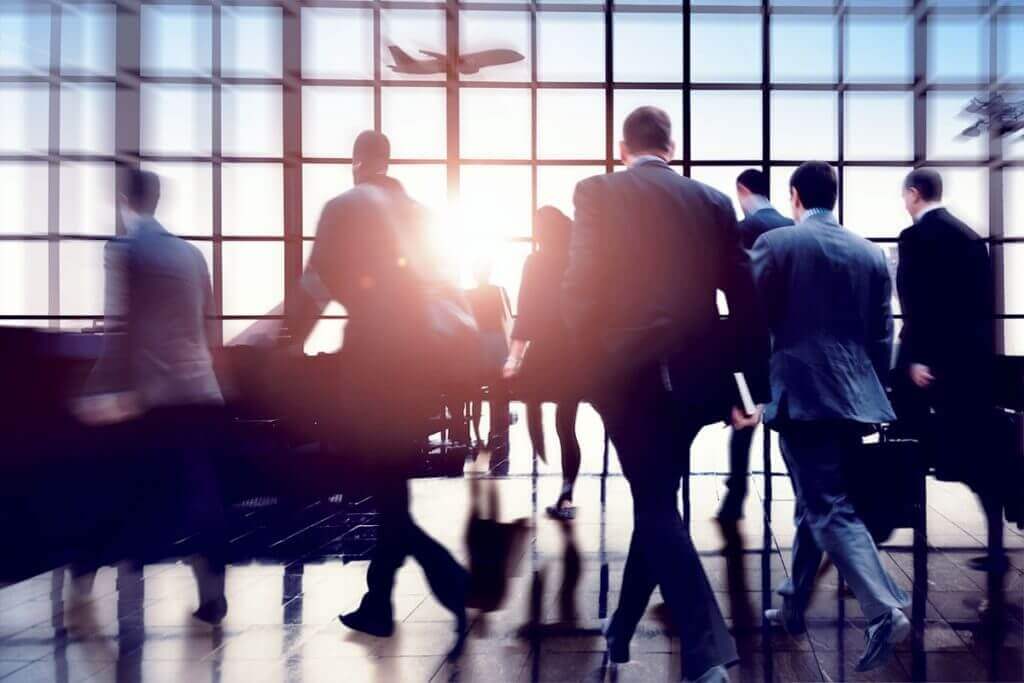
When the COVID-19 pandemic halted travel around the globe, business travelers had to pivot quickly from in-person meetings and events to virtual platforms. As the pandemic continues and travel-industry players look ahead for a rebound, our research shows that the postcrisis return will take years and that business travel will return at a slower pace than leisure travel.
In this article, we examine the role of corporate travel, and how the industry has recovered after previous disruptions; the segments that may return first, and how and why they will differ; and the segments that may be permanently replaced by technology. We also explore travel patterns and event recovery in China, the first major market to resume travel, and see how other major markets on varying timelines of pandemic recovery are faring. Finally, we highlight key actions that could help travel players in an undoubtedly lengthy recovery ahead. In future articles, we will take a deeper look at the timeline and shape of the recovery curve for corporate travel.
Business travel is critical—and volatile
In 2018, business-travel spending exceeded $1.4 trillion—21.4 percent of the global travel and hospitality sector.1 More than half of business travel is concentrated in two economies, China and the United States. Business travel encompasses transient travel and travel for meetings, incentives, conferences, and events (MICE), from large-group offsite gatherings to industry-wide exhibitions.
Corporate travel is significant for airlines and hotels not only in traffic but in profitability. While some travel providers have limited exposure to business travel (ultra-low-cost carriers, for example), it’s a critical driver of profitability for many major carriers. Because corporate travelers are more willing to purchase higher class or refundable fares, they can drive between 55 and 75 percent of profit for top airlines but account for as few as 10 percent of passengers.2 Similarly, some convention-focused hotels (some hotels in Manhattan, for example), depend nearly entirely on corporate travelers for their occupancy, while other resorts in vacation destinations are likely to be unaffected by reduced corporate demand.
Historically, business travel has been more volatile and slower to recover than leisure travel after economic downturns and other disruptions to travel patterns (Exhibit 1). During the 2008–09 global recession, international business travel from the United States declined more than 8 percent, compared with a decline of just 2 percent for international leisure travel from the United States. And although international leisure travel fully recovered in just two years, international business travel didn’t fully rebound to prerecession levels for five years.




